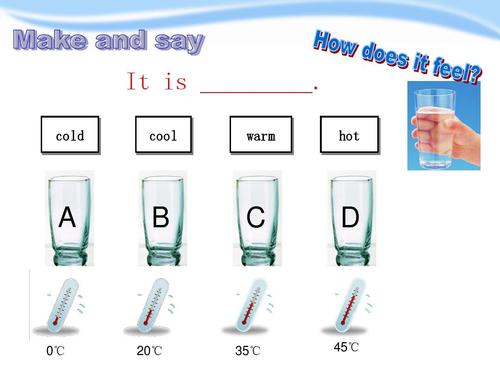Cool vs Warm Tone: A Comprehensive Guide
When it comes to color, the terms “cool” and “warm” are often thrown around, but what do they really mean? In this detailed guide, we’ll explore the differences between cool and warm tones, their origins, and how they can be used in various contexts.
What Are Cool and Warm Tones?
Cool tones are those that evoke a sense of calmness, serenity, and coolness. They are typically associated with colors like blue, green, and purple. On the other hand, warm tones are those that evoke a sense of warmth, energy, and comfort. They are typically associated with colors like red, orange, and yellow.

Origins of Cool and Warm Tones
The concept of cool and warm tones dates back to the 19th century, when artists and scientists began to study color theory. They noticed that certain colors seemed to recede or advance in space, and that certain colors were associated with specific emotions and moods.
According to color theory, cool colors tend to recede, making them seem smaller and less prominent. Warm colors, on the other hand, tend to advance, making them seem larger and more prominent.
Psychological Effects of Cool and Warm Tones
The psychological effects of cool and warm tones can vary depending on the context. Here’s a breakdown of some common effects:
| Cool Tones | Warm Tones |
|---|---|
| Calming and soothing | Uplifting and energetic |
| Relaxing and tranquil | Exciting and vibrant |
| Inviting and serene | Welcoming and lively |
For example, cool tones are often used in bedrooms and spas to create a calming and relaxing atmosphere. Warm tones, on the other hand, are often used in kitchens and dining rooms to create an inviting and lively atmosphere.

Using Cool and Warm Tones in Design
In design, the use of cool and warm tones can greatly impact the overall feel and mood of a space. Here are some tips for using these tones effectively:
-
Balance: It’s important to balance cool and warm tones in a space to create a harmonious and cohesive look. For example, if you’re using a lot of warm tones, consider adding some cool tones to balance the space.
-
Contrast: Using contrasting cool and warm tones can create a striking and visually interesting space. For example, a warm-toned wall can be offset with cool-toned furniture or decor.
-
Accents: Adding accents in cool or warm tones can help to highlight certain areas of a space. For example, a cool-toned throw pillow can add a pop of color to a warm-toned room.
Using Cool and Warm Tones in Fashion
In fashion, cool and warm tones can also have a significant impact. Here’s how they can be used:
-
Seasonal Appropriateness: Warm tones are often associated with warmer seasons, while cool tones are often associated with cooler seasons. For example, wearing warm tones in the winter can help to create a cozy and inviting look.
-
Personal Style: Your personal style can also influence your choice of cool or warm tones. For example, if you prefer a more relaxed and casual look, you might opt for cool tones. If you prefer a more bold and energetic look, you might opt for warm tones.
-
Color Combinations: Combining cool and warm tones in your wardrobe can create a diverse and versatile look. For example, pairing a warm-toned sweater with cool-toned jeans can create a balanced and stylish outfit.
Conclusion
Cool and warm tones are powerful tools that can be used to create a wide range of moods and atmospheres. Whether you’re designing a space or putting together an outfit, understanding the differences between cool and warm tones can help you make more informed and creative choices.









